GIMP is one of the finest image editors with various image editing tools such as rotate, crop, scale, and many more. The Rotate tool is used in GIMP to rotate an image or selection. Layer, etc. It is easy to use. We can rotate an image to different angles & directions. We can rotate by using a slider or by dragging by a mouse.
It allows us to make a selection and perform several operations on that specific part of the image.
In this topic, we will discuss how to rotate an image, selection, layer using GIMP. Let's understand what is rotate tool and how to activate it.
GIMP Rotate Tool
The rotate tool in GIMP is used to rotate the objects; these objects can be a selection, image, layer, or any other image component. We can activate this tool by navigating through Tools-> Transform Tools-> Rotate menu or by just hitting the "SHIFT+R" keys. We can also activate it from the toolbox by clicking on the below icon:

Components of Rotate Tool:
Generally, two components of the rotate tool are seen:
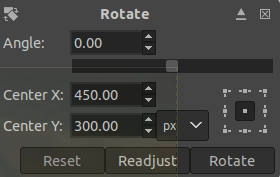
Angle
Here we can specify the rotation angle; it can be -180° to +180°, i.e., 360°.
Center X/Y
It specifies the rotation center's position, which can be seen by a large point in the image. However, we can also adjust to this center by clicking-and-dragging it. We can also set the default unit of measurement by drop-down list. By default, it is in Pixel.
How to Rotate an Image Using GIMP
Rotating an image is a straight forward process; we need to select the rotate tool and properly use it.
Follow the below steps to rotate an image:
Step1: Create or Open an Image
The first step is to create or open an image using the New or open Option from the file menu.
To open an image, select the Open option from the file menu and select the image we want to edit. We can hit the CTRL+O keys to do the same.
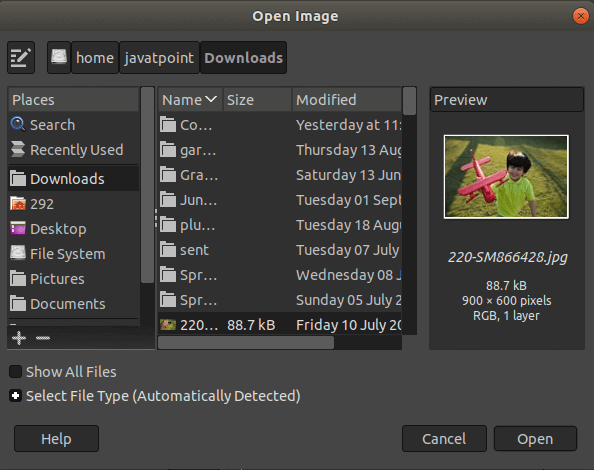
Select the image from the explorer and click Open to open it in GIMP. We can also preview the image on the right window of the file explore.
Step2: Select the Rotate Tool
Now, select the rotate tool from the Tools menu. To select the navigate to Tools-> Transform Tools -> Rotate menu or hit the "SHIFT+R" keys. It will open a dialog window for asking the rotation angle.
Step3: Specify the Rotation Angle
Now, specify the rotation angle by which we want to rotate our image:
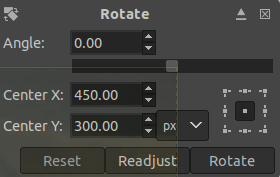
Or click on the image and start dragging it.
Step4: Rotate the Image
As we have specified the angle, we can rotate it now. If we rotate it by a specified angle, click on the Rotate option; it will automatically rotate our image to the given angle. If we are not sure about the rotation angle, click on the image and drag it to our desired direction. It will rotate accordingly.
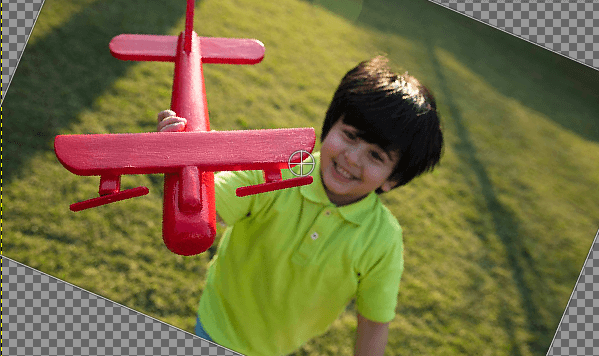
The rotation angle will automatically set.
Step5: Crop the Image
after rotation, cropping will be essential to display only the required component of the image. If we do not want to crop, then save it in any of the formats.
To crop it, stroke the "SHIFT+ C" keys. Drag the part of the image that we want to keep and hit Enter Key.
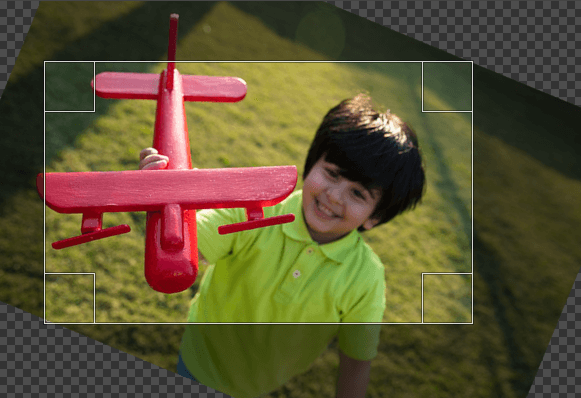
It will crop the image.
Step6: Save the Image
Now, as we have done all of our rotating and cropping processes. We can save it in any of GIMP's supported format by using the Export As option. To save it, use the Export As option from the File menu and specify the file extension in which we want to save it. It will save the file to our local storage.
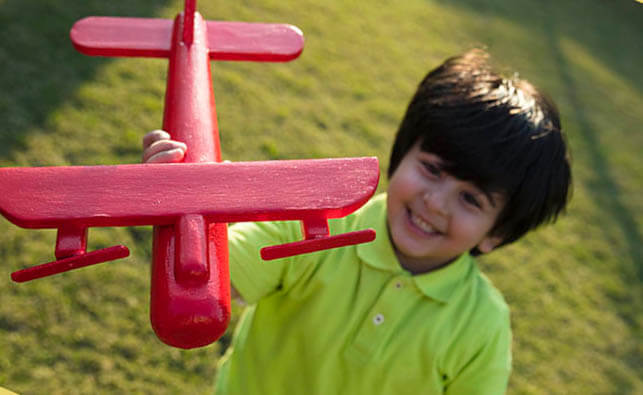
Rotate a Selection
We can rotate a selection using the rotate tool. It is useful to rotate a specific part of the image and keep the entire image as it is. To rotate a selection, make a selection using any of the selection tools and rotate it by activating the rotate tool. For example, we have a rectangular selection using the rectangle select tool from the Tools-> Selection Tools-> Rectangle Select menu. Activate the rotate tool on this selection by hitting the SHIFT+R keys to rotate this selection. Now, we can rotate it either by specifying the rotation angle or by dragging it to the desired direction:
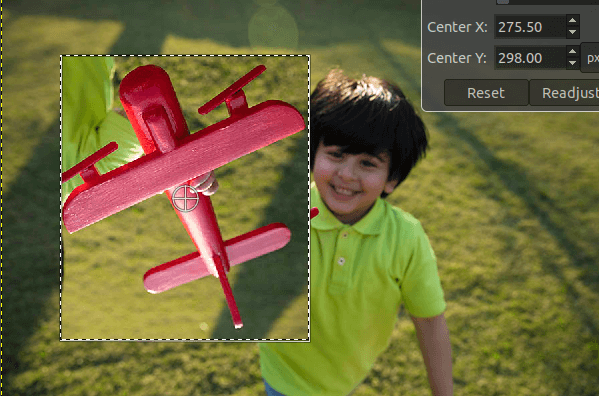
From the above image, we can see that the airplane is reversed by rotating. First, we have made a selection to a specific part and then rotate it.
Similarly, we can rotate the layers and other components of the image. Thus, we can efficiently perform many other tasks such as cropping, editing, applying filters using GIMP. It is an excellent alternative to Photoshop; most of its tools are works similar to Photoshop.
No comments:
Post a Comment